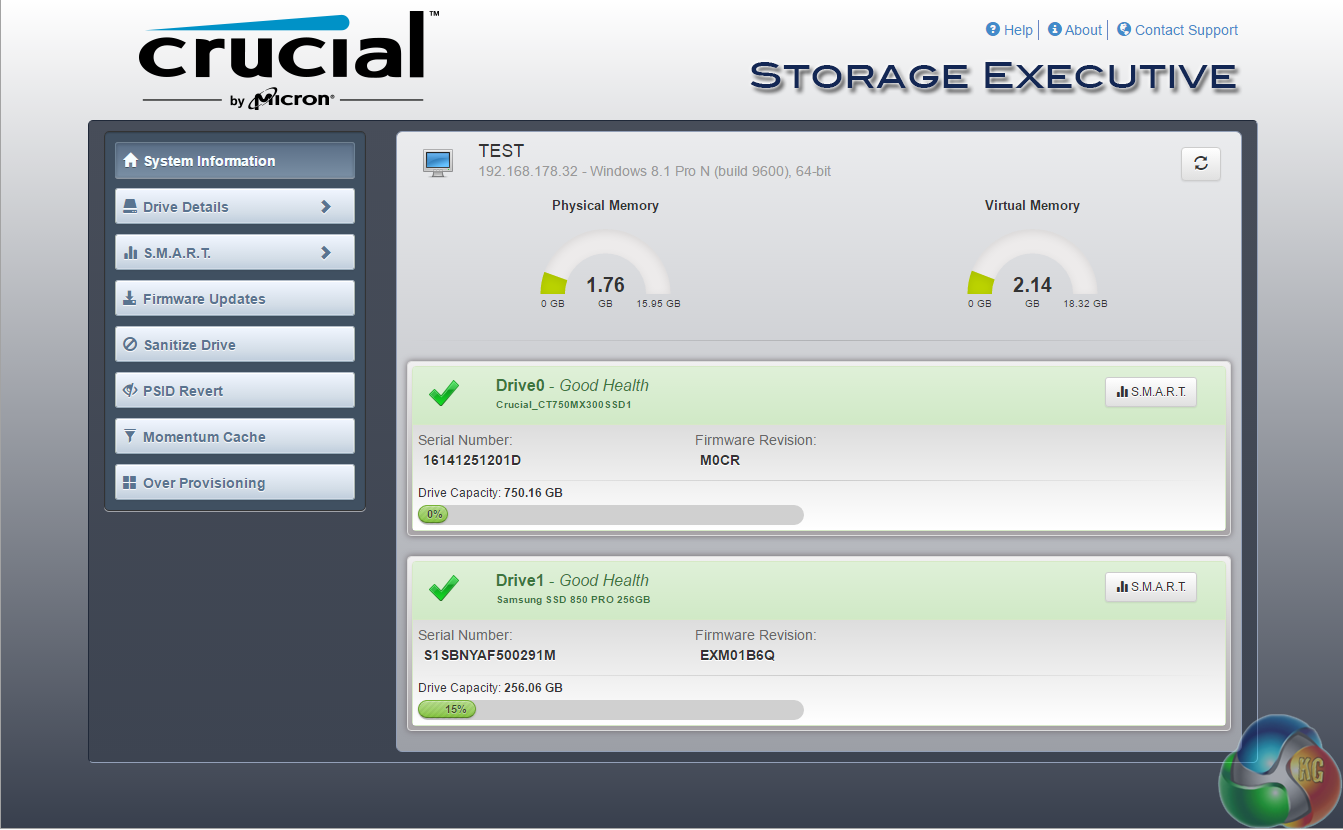

These companies leverage Smart Transportation solutions to enhance transportation efficiency, reduce traffic congestion, and improve passenger safety.

The competitive landscape of the Smart Transportation market includes major players such as IBM, DiDi, IEI, F6S, VIA Technologies, Inc., Intel, LILEE Systems, and Uma Technologies. The market research reports offer valuable insights into the market, enabling businesses to make informed decisions and develop strategies to capitalize on the emerging opportunities in the Smart Transportation industry. The size of the Smart Transportation market is estimated to reach USD 124.6 billion by 2030, growing at a CAGR of 12.8% during the forecast period. The reports encompass comprehensive information on various segments of the market, including product types, applications, and key players. The Smart Transportation market research reports provide detailed analyses of the market conditions and trends in the industry. The global smart transportation market size is expected to reach USD 124.6 billion by 2030, registering a CAGR of 12.8% from 2023 to 2030.
HOW TO OPTIMIZE CRUCIAL STORAGE EXECUTIVE FREE
Intelligent Transportation System (ITS) Market Size / CAGR / Sales Revenue( Request Free Sample Report).Refined Petroleum Products Pipeline Transportation Market Size / CAGR / Sales Revenue( Request Free Sample Report).IoT in Transportation Market Size / CAGR / Sales Revenue( Request Free Sample Report).IoT in Intelligent Transportation System Market Size / CAGR / Sales Revenue( Request Free Sample Report).Travel Transportation Market Size / CAGR / Sales Revenue( Request Free Sample Report).Natural Gas Pipeline Transportation Market Size / CAGR / Sales Revenue( Request Free Sample Report).Crude Oil Pipeline Transportation Market Size / CAGR / Sales Revenue( Request Free Sample Report).Intelligent Transportation Management System Market Size / CAGR / Sales Revenue( Request Free Sample Report).Oil and Gas Storage and Transportation Market Size / CAGR / Sales Revenue( Request Free Sample Report).Smart Transportation Market Size / CAGR / Sales Revenue( Request Free Sample Report).In order to be profitable, they must be accurate in forecasting their need for raw materials, inventory, and labor. The flexible model ensures they are able to gear up quickly to begin production and shut down efficiently as soon as demand tapers off. These companies experience surges in demand for their products followed by long periods of little to no demand. Flexible Model: Companies that manufacture seasonal or holiday merchandise often use the flexible model.Fast fashion is an example of an industry that uses this supply chain model. They need to rapidly move from idea to prototype to production to consumer. Businesses that use this model need to get their products to market quickly to take advantage of the prevailing trend.

Fast Chain Model: This model works best for companies that sell products based on the latest trends.In a continuous flow model, managers will need to regularly replenish raw materials in order to prevent production bottlenecks. This lack of fluctuation means managers can streamline production times and keep tight control over inventory. The products should be in high demand and require little to no redesign. Continuous Flow Model: This traditional supply chain model works well for companies that produce the same products with little variation.


 0 kommentar(er)
0 kommentar(er)
